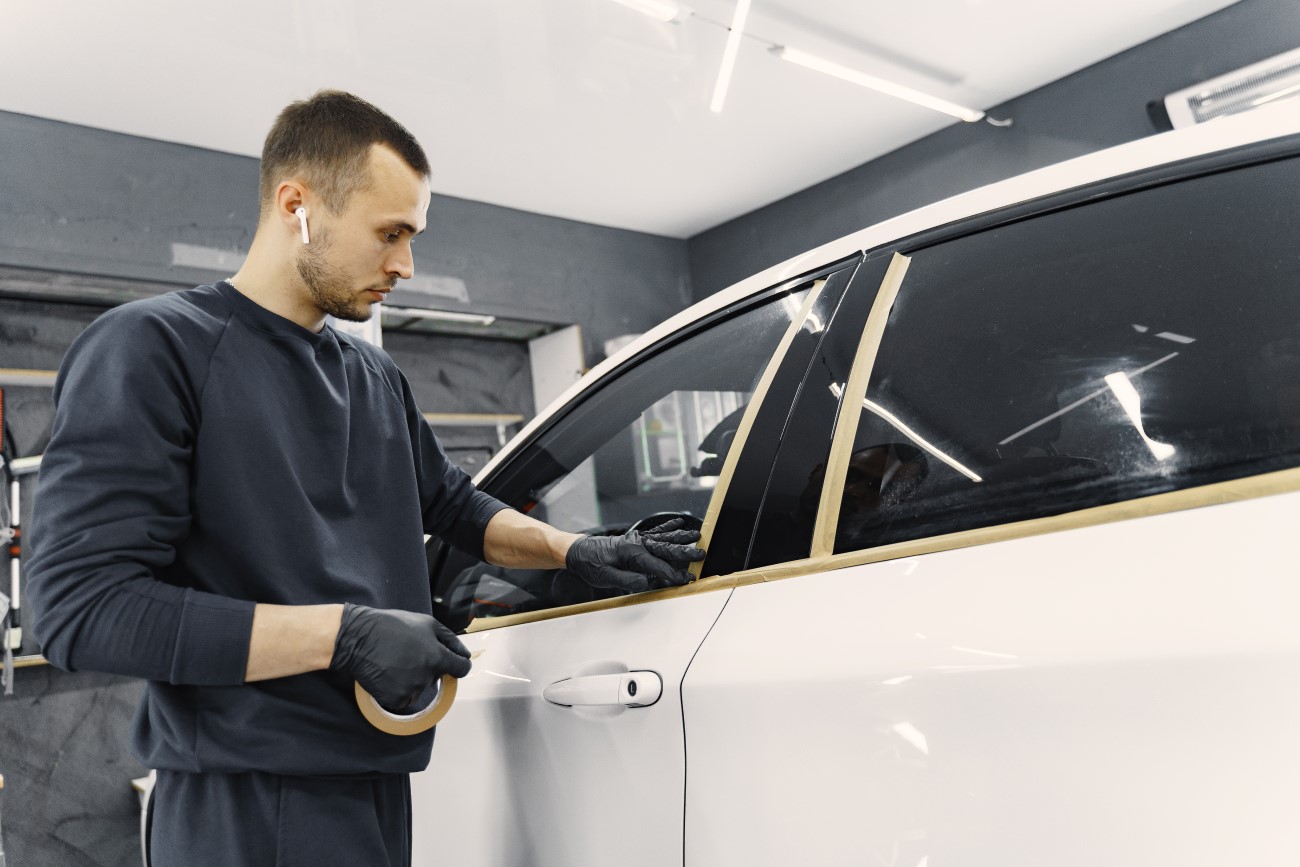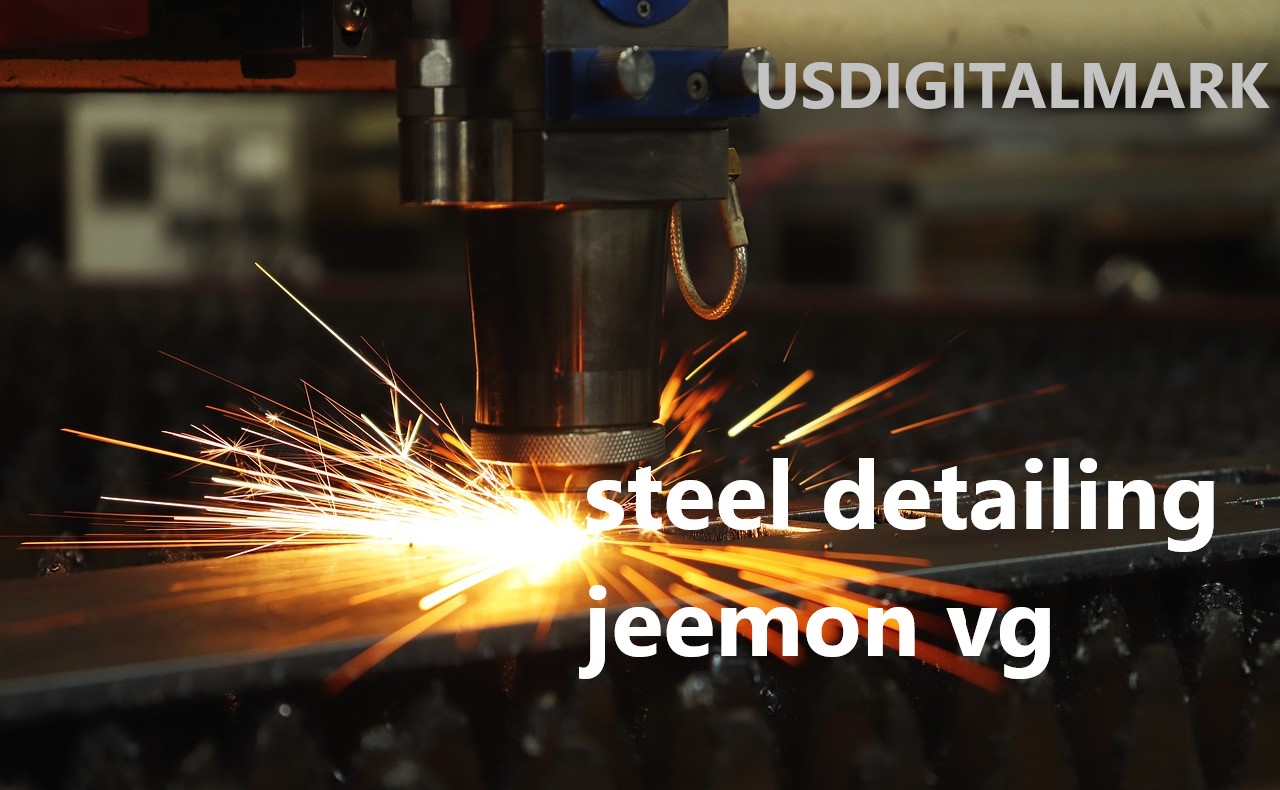Your vehicle’s safety extends beyond the engine, and a critical aspect is the condition of your auto glass. Understanding the nuances of auto glass replacement is paramount for maintaining a transparent and secure driving experience.
Types of Auto Glass Replacement
Laminated Glass:
· Crafted by bonding two glass sheets with a layer of PVB resin.
· Known for durability and impact resistance.
Tempered Glass:
· Also called toughened glass, it is four times stronger than regular glass.
· Designed to shatter into tiny, safe pieces upon impact.
Dealer Glass:
· Original equipment manufacturer (OEM) glass supplied by the vehicle manufacturer.
· Ensures precise fit and quality.
Aftermarket Glass:
· Produced by third-party manufacturers as cost-effective alternatives.
· Quality varies, requiring careful selection.
Understanding Replacement Glass
Replacement glass offers a practical solution for repairing damaged auto glass without a complete replacement. This not only saves costs but also minimizes disruption to your routine.
Distinguishing Car Glass from Regular Glass
Auto glass is engineered to shatter differently than regular glass, enhancing safety during accidents. It either breaks into tiny fragments or stays in one large piece.
Identifying Auto Glass
Inspecting your auto glass can reveal crucial information. Look for the type or model name below logos, such as “Temperlite” or “Laminated,” indicating whether it’s tempered or laminated glass.
Auto Glass Replacement Process
Assessment:
· Professional evaluation to determine the extent of damage.
· Decision on repair or replacement based on the severity of the damage.
Removal:
· Careful removal of the damaged glass, ensuring no further damage to the vehicle.
Preparation:
· Cleaning and preparing the frame for the new glass installation.
Installation:
· Precise fitting of the replacement glass, whether OEM or aftermarket.
· Adherence to industry standards for safety and durability.
Quality Check:
· Thorough inspection to ensure the replacement meets safety standards.
· Verification of proper installation and functionality.
Factors Affecting Auto Glass Replacement Costs
Vehicle Age:
· Older vehicles may have specialized or harder-to-find glass, affecting costs.
Insurance Coverage:
· Insurance policies may cover part or all of the replacement costs.
Type of Glass:
· OEM glass tends to be more expensive than aftermarket alternatives.
Additional Features:
· Features like rain sensors or heating elements contribute to costs.
Conclusion: A Clear Road Ahead
Auto glass replacement is not just about fixing a damaged window—it’s about ensuring the safety and integrity of your vehicle. By understanding the types of glass and the replacement process, you make informed decisions, prioritizing your safety on the road. Always consult with professionals to assess and address any auto glass issues promptly.
FAQs:
1. Why is auto glass replacement essential?
- Auto glass replacement is crucial for maintaining a transparent and secure driving experience. Damaged glass can compromise vehicle safety and integrity.
2. What are the types of auto glass replacement?
- Laminated Glass: Two glass sheets bonded with a layer of PVB resin.
- Tempered Glass: Toughened glass that shatters into tiny, safe pieces upon impact.
- Dealer Glass: OEM glass for precise fit and quality.
- Aftermarket Glass: Cost-effective alternatives produced by third-party manufacturers.
3. How can I identify the type of auto glass on my vehicle?
- Inspect logos for type or model names like “Temperlite” or “Laminated” to determine if it’s tempered or laminated glass.
4. What is the auto glass replacement process?
- Assessment: Professional evaluation to decide on repair or replacement.
- Removal: Careful removal of damaged glass without causing further damage.
- Preparation: Cleaning and preparing the frame for new glass installation.
- Installation: Precise fitting of replacement glass, whether OEM or aftermarket.
- Quality Check: Thorough inspection to ensure safety standards and proper functionality.
5. How are replacement glass and regular glass different?
- Auto glass is engineered to shatter differently, breaking into tiny fragments or staying in one large piece, enhancing safety during accidents.
6. What factors affect auto glass replacement costs?
- Vehicle Age: Older vehicles may have specialized or harder-to-find glass.
- Insurance Coverage: Policies may cover part or all of the replacement costs.
- Type of Glass: OEM glass is usually more expensive than aftermarket alternatives.
- Additional Features: Features like rain sensors or heating elements contribute to costs.
7. Is it necessary to replace auto glass with OEM glass?
- While OEM glass ensures precise fit and quality, aftermarket glass can be a cost-effective alternative. The choice depends on personal preferences and budget considerations.
8. Does insurance cover auto glass replacement?
- Insurance policies may cover part or all of the auto glass replacement costs. It’s essential to check your policy and consult with your insurance provider.
9. How long does the auto glass replacement process take?
- The duration depends on the extent of damage and the type of glass being replaced. It typically takes a few hours, but this can vary.
10. Can I drive immediately after the auto glass replacement?
- In most cases, yes. However, following the technician’s advice regarding any specific post-replacement instructions is recommended to ensure the adhesive cures properly.




